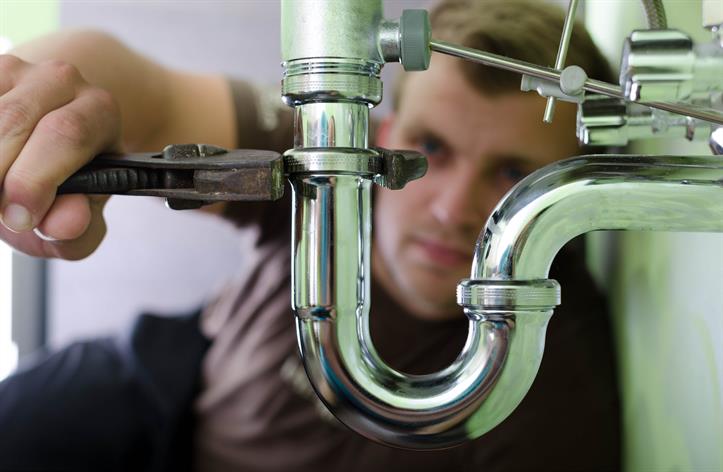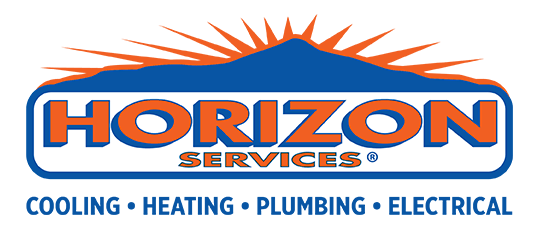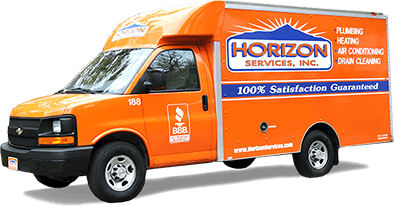
Clobber Clogs BEFORE They Create Chaos!
Clogged drains and plumbing fixtures can turn from minor annoyance to major problem overnight—literally. Most household clogs are cause by misuse or overuse, though some can be the result of improper installation or a feature in need of repair. The following are some easy, inexpensive tips to keep your drains running clog-free.
1. Stop Putting Clog-Forming Substances in the Drain:
Seems pretty basic, but many of us pour clog-forming substances down the drain without even thinking about the consequences. Grease, cooking fat, syrup, gelatin, whole milk, ice cream, and even soaps with heavy moisturizers can coat pipes and back up in drains. When these substances narrow the area of water flow there’s a greater accumulation of crumbs, dust, and hair in the pipes. This combination can lead to huge, troublesome clogs.
Liquid fabric softener is also a common culprit. If you use fabric softener on your laundry, be sure to run your washer’s second rise cycle to flush out as much of the liquid as possible. Fabric softener tends to settle in the pipe bend just past the washer connection and can flood the tub eventually.
Place a trap over drain holes in showers, tubs, sinks, and washing machine rinse tubs to catch the food particles, hair, and other debris that can cause clogs.
2. Use Narrower Pipes:
This seems counterproductive, but the truth is that narrow pipes force water through the system faster. This prevents water from pooling at pipe bends, which can contribute to clogs. Narrow pipes also make drain and pipe snakes more effective in case of a serious clog deep in your plumbing because there’s less area for the snake to cover. Most standard plumbing codes indicate 3-inch diameter pipes should be used for toilets; 2-inch pipes for showers, tubs, and laundry room plumbing; and 1.5-inch pipes for sinks. Using bigger pipes can cause major problems.
3. Replace Aging Pipes
Older homes frequently have cast-iron or galvanized steel pipes. Over time, the interiors of these pipes become rough with lime scale and other deposits from hard water. These crags and crevices collect grease, soap, hair, and anything else that goes down your drain. Replacing old pipes with copper or PVC pipes will cut down on the frequency of clogs and can improve water pressure.
Tips and Insights: Common Issues With Water Heater Flue Baffles and Ways to Respond
4. Flush More than Your Toilet
Flushing out drains and pipes is a great way to reduce debris build up and dissolve clogs. About once a month or so, plug sinks and tubs, and fill the basin with hot water. Release the stopper and let the hot water drain. The weight of so much water flowing through your pipes quickly will power clogs through the pipes; the heat of the water helps melt away any lingering debris.
5. Go Easy on Toothpaste
Strange? Perhaps. However, most of us ignore the recommendations that come on the back of that toothpaste tube: A pea-sized amount is more than sufficient to get teeth clean and keep them healthy. Thick toothpaste can collect in drains and hold on to clogging debris and goop. Consider switching to a gel formula, which will dissipate more quickly in water.
6. Get a Haircut, Hippie!
It’s inevitable that you’re going to have some hair go down the drain when you wash and shampoo in the shower or bath. But if you have long hair, you’re more likely to shed hairs…plus they are much longer. Shorter hairs can travel easier through drains; longer hairs are more likely to accumulate into a tangled wad that can cause a major clog. Pay a visit to your barber, Ringo.


